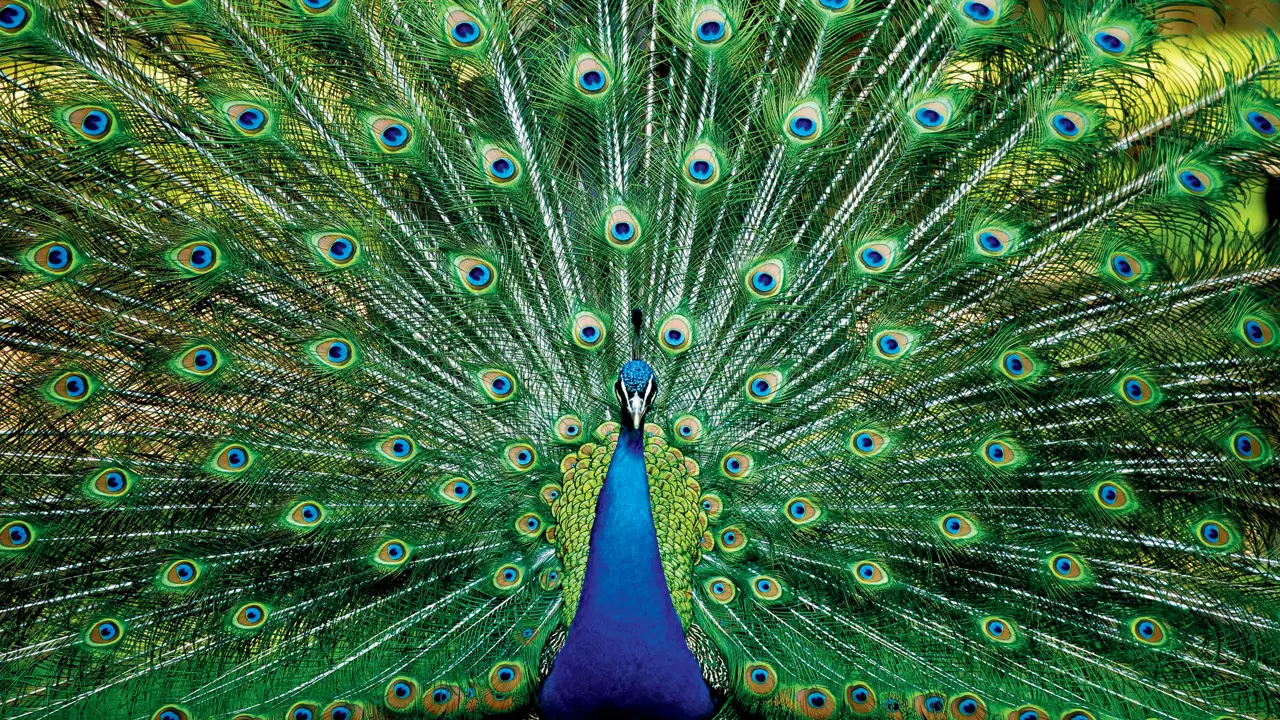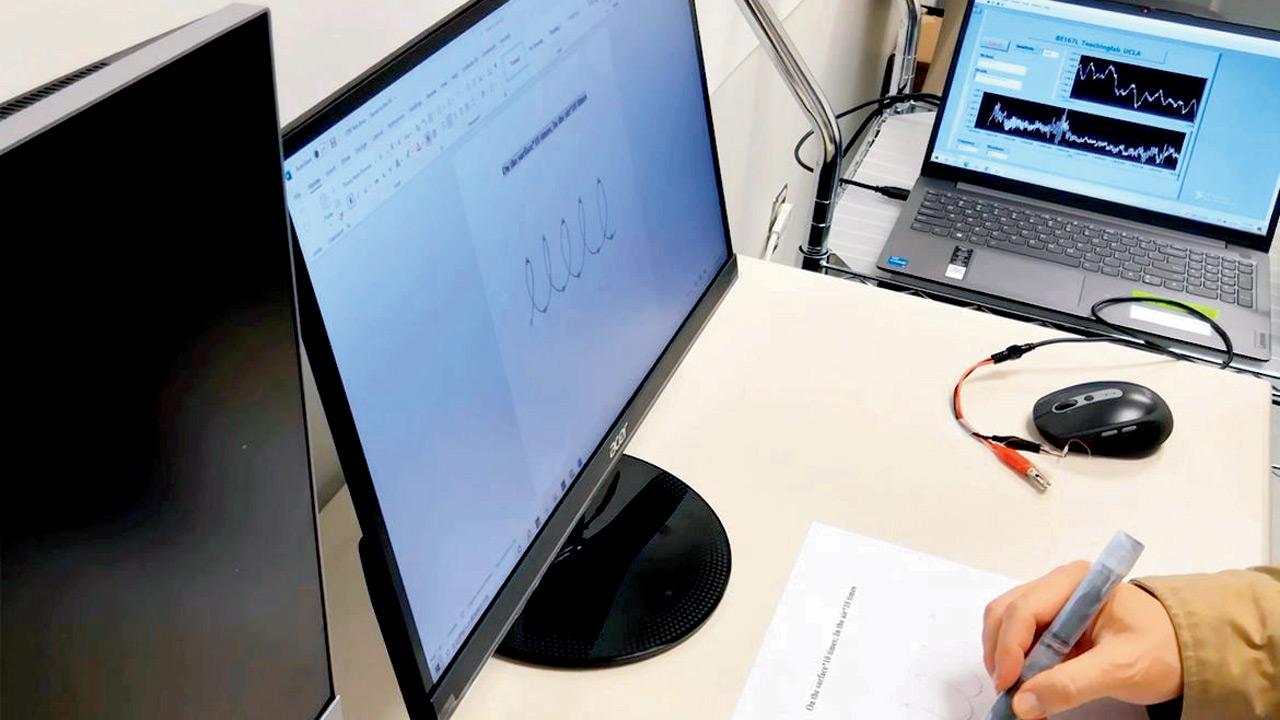To display Olo, researchers first mapped the unique pattern of cone cells in each person’s retina

PIC/ISTOCK
Scientists at UC Berkeley have tricked the human eye into seeing something entirely new: a colour no one has ever seen before. They call it Olo, a saturated peacock green that makes even the brightest colours in nature seem washed out. The breakthrough comes from a technology named Oz, a laser-based system that can control up to 1,000 individual photoreceptors in the retina with pinpoint precision. Our eyes rely on three types of cone cells in the retina — S, M and L — to detect blue, green, and red light. But because M and L cones have overlapping sensitivity, about 85 per cent of the light that stimulates M cones also triggers L cones. No natural wavelength can activate M cones alone.Oz changes that. By targeting only M cones with tiny pulses of green laser light, the system bypasses nature’s limitations, letting the brain perceive Olo. Participants described it as blue-green, like peacock feathers, but far more vivid. To display Olo, researchers first mapped the unique pattern of cone cells in each person’s retina.
Smart pen detects early signs of Parkinson’s

PIC/UCLA.EDU
Researchers at UCLA have developed a groundbreaking 3D-printed pen that may help doctors detect Parkinson’s disease by simply analysing how a person writes. The smart pen features a soft silicon magnetoelastic tip and ferrofluid ink that converts writing motions into electrical signals. These signals, powered by the pen itself, are then interpreted by an AI model trained to spot motor patterns linked to Parkinson’s. In a pilot study, the pen accurately identified signs of the disease in participants with an impressive 96.22 per cent accuracy.
 Subscribe today by clicking the link and stay updated with the latest news!" Click here!
Subscribe today by clicking the link and stay updated with the latest news!" Click here!










